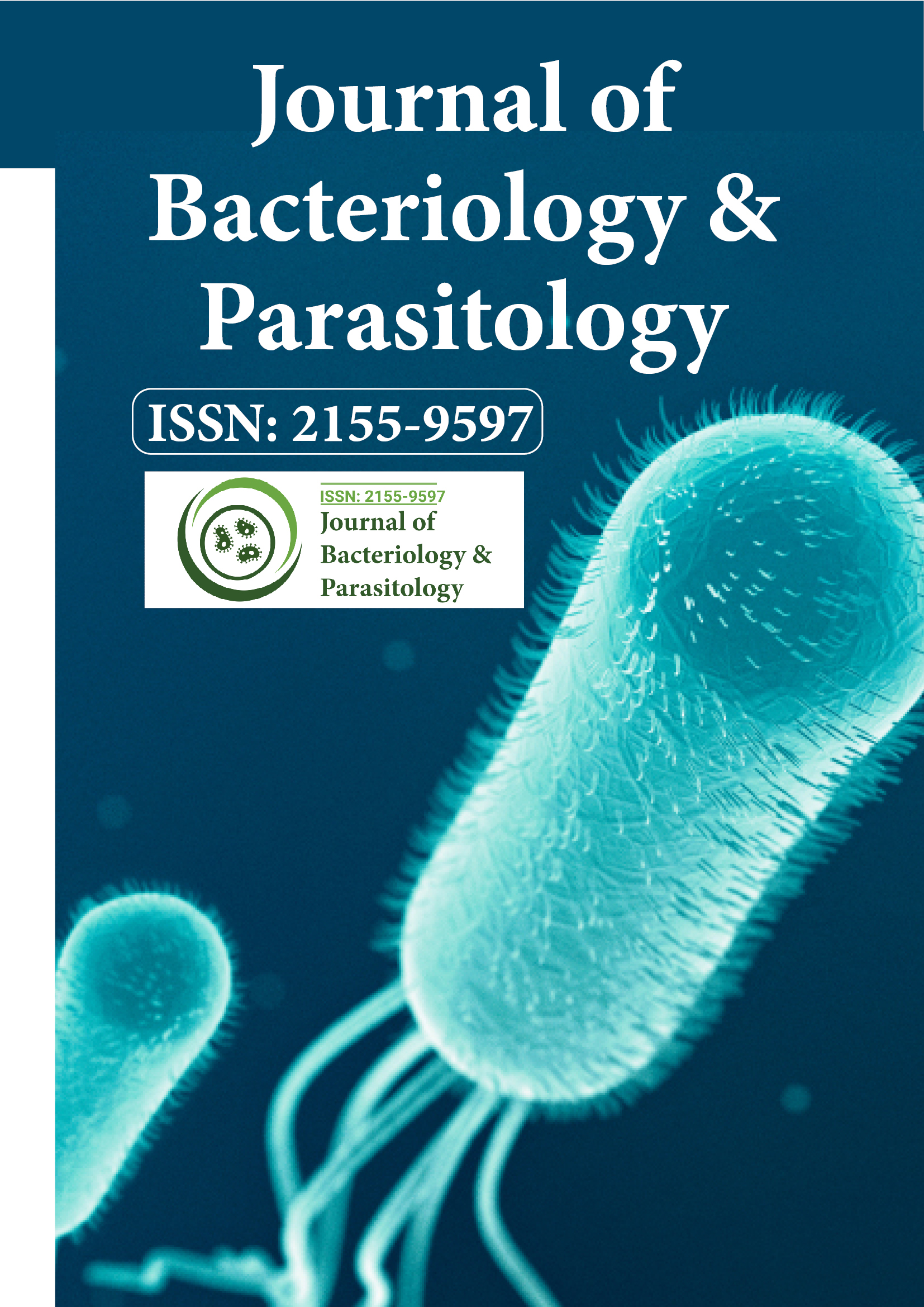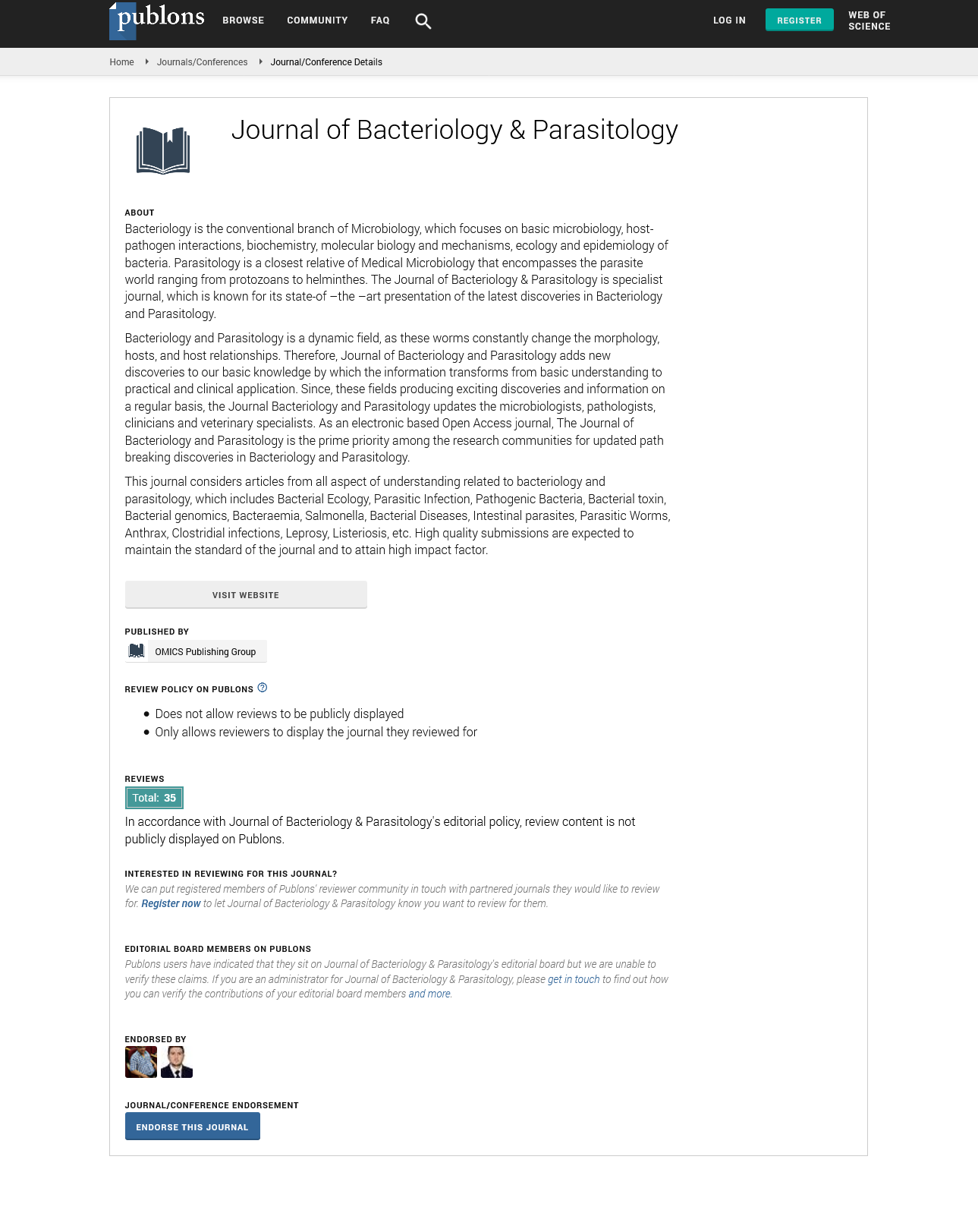Indexed In
- Open J Gate
- Genamics JournalSeek
- Academic Keys
- JournalTOCs
- ResearchBible
- Ulrich's Periodicals Directory
- Access to Global Online Research in Agriculture (AGORA)
- Electronic Journals Library
- RefSeek
- Hamdard University
- EBSCO A-Z
- OCLC- WorldCat
- SWB online catalog
- Virtual Library of Biology (vifabio)
- Publons
- MIAR
- Geneva Foundation for Medical Education and Research
- Euro Pub
- Google Scholar
Useful Links
Share This Page
Journal Flyer

Open Access Journals
- Agri and Aquaculture
- Biochemistry
- Bioinformatics & Systems Biology
- Business & Management
- Chemistry
- Clinical Sciences
- Engineering
- Food & Nutrition
- General Science
- Genetics & Molecular Biology
- Immunology & Microbiology
- Medical Sciences
- Neuroscience & Psychology
- Nursing & Health Care
- Pharmaceutical Sciences
Abstract
Prevalence and Molecular Detection of Escherichia Coli Isolated from Raw Cow Milk at Selected Collection Centers in Bushenyi District, Western Uganda: A Potential Risk to Human Health
Theophilus Pius*, Blessing J.S. Yashim, Ibrahim Ntulume and Paul Ssajjakambwe
Escherichia coli are known as commensal bacteria in the digestive tract of animals. It is an indicator of faecal contamination when detected in milk, and may be a sign of defective hygiene practices along the processing points. This study aimed to determine the prevalence, molecular characterization, and antimicrobial resistance profiles of Escherichia coli isolated from raw cow milk at selected milk collection centers. The overall prevalence of E.coli in raw milk was 26.7%. The prevalence in the three areas was; Nyakabirizi (42%), Ishaka TC (30%), and Bushenyi TC (10%) with a p-value of 0.022, which is statistically significant to p<0.05, and the posthoc test also showed a significant difference with Nyakabirizi. Of the 23 isolates, 91.3% were susceptible to both chloramphenicol and nalidixic acids. Resistance was observed with trimethoprim-sulfamethoxazole (47%), ampicillin (39.1%), and tetracycline (30.4%). Molecular characterization indicated one sample was positive for the H7 flagella gene after PCR and sequencing.
Published Date: 2024-08-28; Received Date: 2024-07-29

